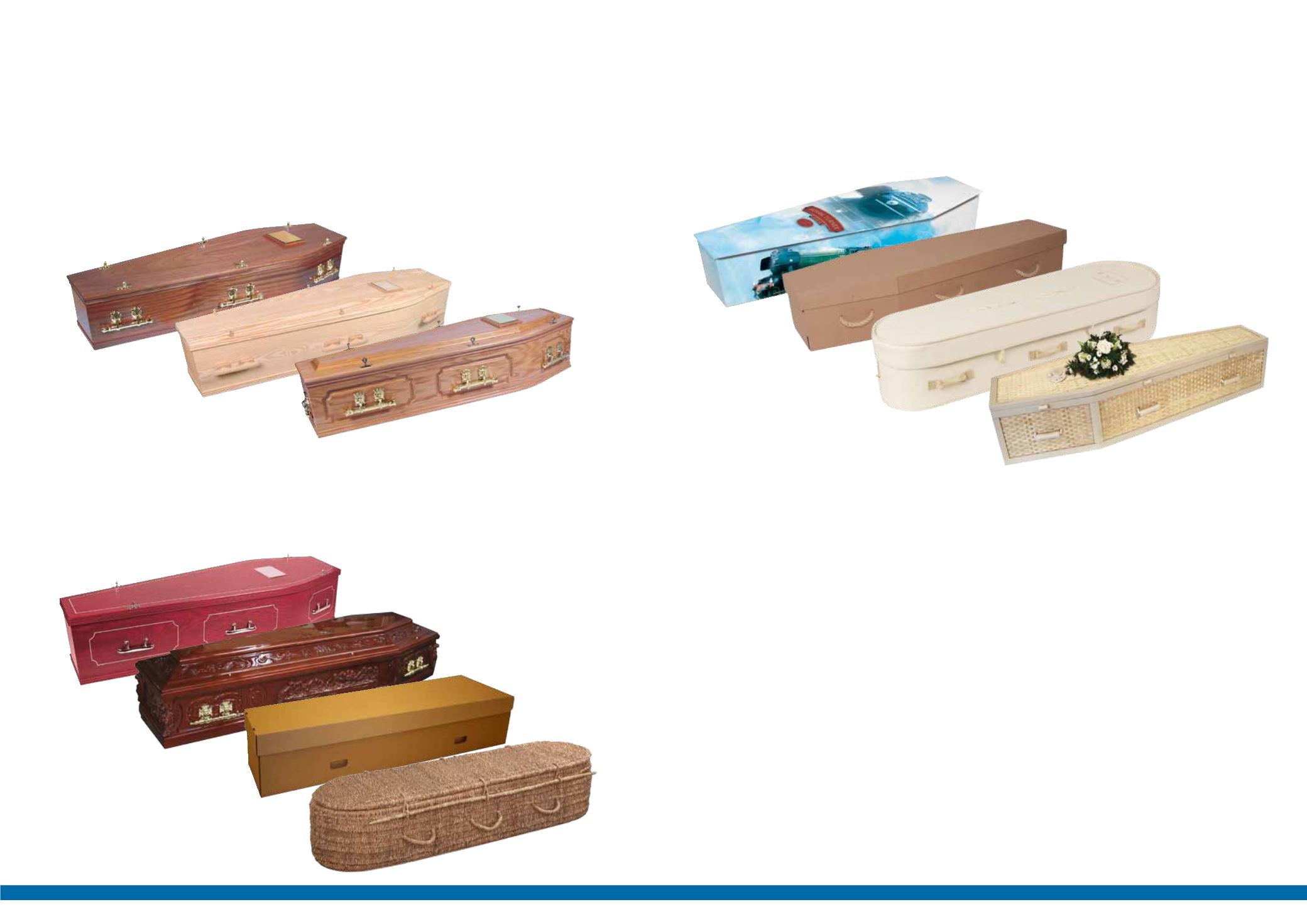

Brief Coffin History
1950’s to 1990’s
Coffins generally in the fifties up to the nineties were very traditional. There was not the variety
nor was there the demand.
The Coffins were made from either solid timber or veneered chipboard. Generally, they
remained similar in style and finish.
More choice in the 90’s
Coffins started to change in the nineties. Painted Coffins, coffins depicting football teams and
last Supper Coffins were provided to the Italian and Irish markets. Simple Cardboard coffins
were introduced, along with more coffins coming in from overseas, as air travel and people
living abroad rose in popularity.
Coffins in the 2000’s
The trends continued into the 2000’s. Picture Coffins were innovated, along with more elaborate
cardboard coffins and eco friendly coffins.
Now anything goes, and the variety is endless. This leaves us with a crowded market, with often
a capacity for more coffins than funerals being produced. So it’s hardly surprising companies
innovate further designs to meet consumer demand and attract new custom.
Coffin Testing - are the coffins fit for purpose?
It is extremely important that all Coffins are fit for purpose.
The FFMA and the majority of it’s members agree that;
- They need to be safe to carry and load
- They need to be combustible
- They need to render a complaint amount of Ash Volume
Whilst the vast majority of Coffins are suitable, some have been deemed not fit for purpose.
There have been a few incidents. For example; An Eco coffin fell apart during a Funeral, and
Cardboard Coffins have caught fire prior to being placed into a cremation chamber!
In terms of Health and Safety these situations are not acceptable and action is required.
















